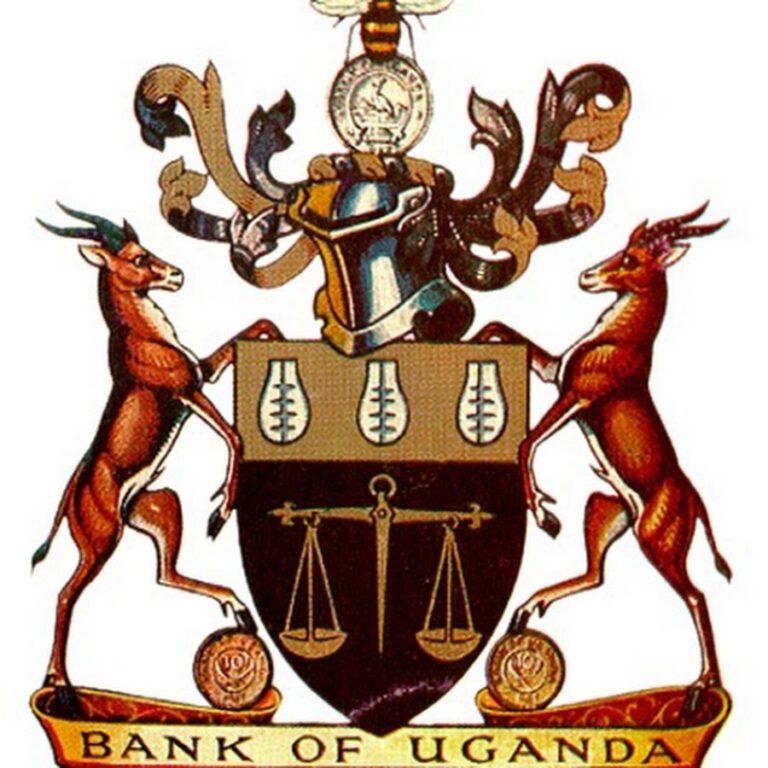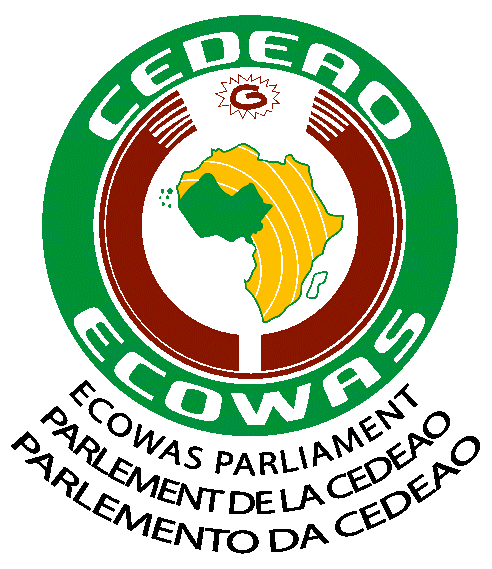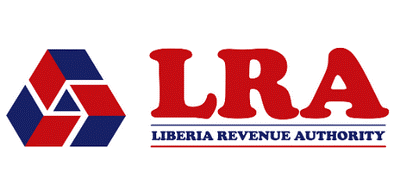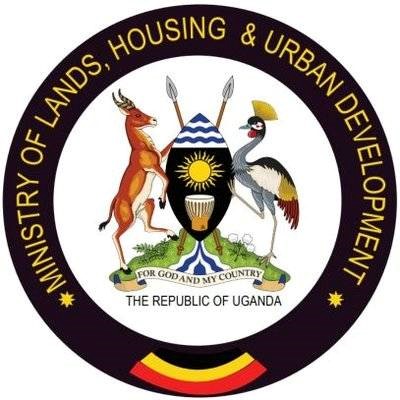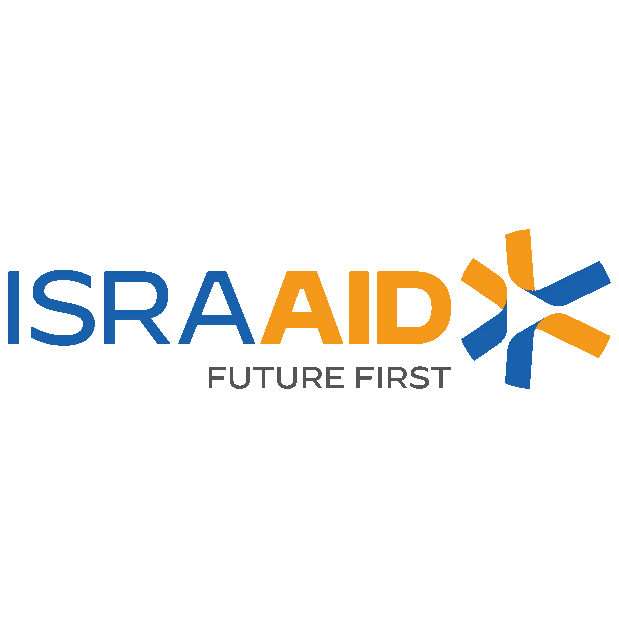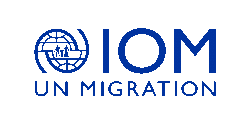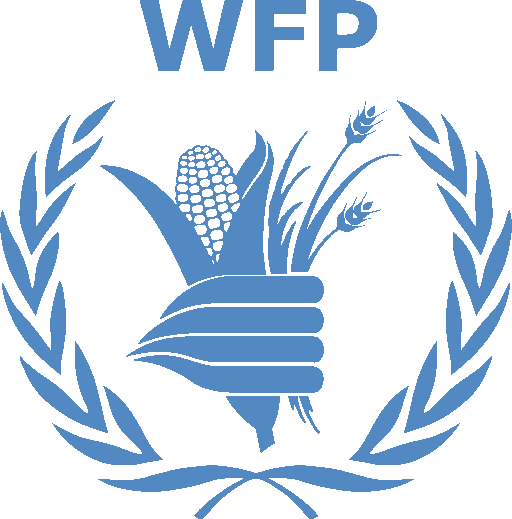Linking Emergency Aid to Food and Nutrition Security Training
INTRODUCTION
Food and nutrition security are critical concerns in humanitarian emergencies. Ensuring that vulnerable populations have access to adequate and nutritious food during crises is a top priority for humanitarian aid organizations. This 5-day Emergency Aid to Food and Nutrition Security training is designed to provide participants with the knowledge and tools needed to plan, implement, and manage food security interventions in emergency settings. The course covers the essential principles of food and nutrition security, rapid assessments, program design, logistics, and monitoring in emergency contexts.
This training will equip professionals with practical strategies to address hunger, malnutrition, and food insecurity during emergencies such as natural disasters, conflicts, and economic crises. This 5-day Emergency Aid to Food and Nutrition Security training equips participants with the skills to respond effectively to food and nutrition crises during emergencies. By the end of the course, participants will be able to assess needs, design targeted programs, prevent and treat malnutrition, and coordinate food aid efforts with various stakeholders. This training prepares humanitarian professionals to save lives, reduce suffering, and improve food security and nutrition outcomes in crisis situations.
DURATION
5 days
TARGET AUDIENCE
This course is intended for various actors in Agriculture Extension (Agricultural extension officers, senior agricultural officials and policy makers) working with communities, in governments, funding agencies, Research organizations and non-government organizations among others for Agriculture support activities and other Development programmes.
OBJECTIVES
By the end of this 5-day training, participants will:
- Understand the key concepts of food and nutrition security in emergency contexts.
- Learn how to conduct rapid food security and nutrition assessments.
- Develop the skills to design and implement emergency food aid programs.
- Gain knowledge of logistics, procurement, and supply chain management for food distribution.
- Understand strategies to prevent and manage malnutrition in emergencies.
- Learn best practices for monitoring, evaluating, and adjusting emergency food security interventions.
- Build capacities to coordinate with stakeholders, including local authorities, donors, and international agencies.
COURSE OUTLINE
Module 1: Introduction to Food and Nutrition Security in Emergencies
Understanding Food and Nutrition Security:
- Key concepts: Food security, nutrition security, and their interlinkages.
- Components of food security: Availability, access, utilization, and stability.
Global Food and Nutrition Crises:
- Overview of food and nutrition crises globally and regionally.
- Factors contributing to food insecurity in emergency contexts: Conflict, displacement, natural disasters, and economic collapse.
Humanitarian Principles and Frameworks:
- The role of humanitarian aid in addressing food and nutrition insecurity.
- International frameworks guiding emergency food and nutrition interventions (e.g., SPHERE Standards, SDG 2).
Module 2: Rapid Food and Nutrition Assessments
Needs Assessment in Emergency Settings:
- Types of assessments: Rapid needs assessments, food security assessments, and nutrition surveys.
- Tools and methodologies: Household surveys, focus group discussions, and key informant interviews.
Indicators of Food Security and Nutrition:
- Key indicators: Dietary diversity, coping strategies, household food consumption, and nutrition status (e.g., MUAC, wasting, stunting).
- How to collect and analyze food and nutrition data in emergencies.
Vulnerability and Risk Analysis:
- Identifying vulnerable populations and their specific food and nutrition needs.
- Assessing risks to food security and the impact of crises on different demographics (e.g., women, children, the elderly).
Module 3: Designing and Implementing Emergency Food Aid Programs
Emergency Response Strategies:
- Different modalities of emergency food aid: In-kind food distribution, cash transfers, and vouchers.
- Criteria for selecting appropriate food aid modalities based on the context.
Food Distribution Logistics:
- Planning and organizing food distribution operations.
- Ensuring safety, efficiency, and equity in food distribution.
Targeting and Beneficiary Selection:
- Criteria for identifying and targeting beneficiaries in food security programs.
- Community engagement and participatory approaches to ensure fair and transparent targeting.
Designing Nutrition-Sensitive Programs:
- Integrating nutrition objectives into food aid programs.
- The importance of micronutrient-rich foods and specialized nutrition products (e.g., ready-to-use therapeutic foods – RUTF).
Module 4: Malnutrition Prevention and Management in Emergencies
Types of Malnutrition:
- Overview of acute malnutrition (wasting), chronic malnutrition (stunting), and micronutrient deficiencies.
- How malnutrition manifests in emergency situations and its long-term effects.
Nutrition Interventions in Emergencies:
- Implementing therapeutic and supplementary feeding programs.
- Community-based management of acute malnutrition (CMAM) and its key components.
Infant and Young Child Feeding (IYCF) in Emergencies:
- Promoting appropriate feeding practices for infants and young children during emergencies.
- Ensuring access to safe and nutritious foods for vulnerable groups.
Linking Emergency Nutrition and Health Services:
- Integrating nutrition interventions with broader health, water, sanitation, and hygiene (WASH) services.
- Addressing malnutrition through a multi-sectoral approach.
Module 5: Monitoring, Evaluation, and Coordination in Emergency Food Security
Monitoring and Evaluation (M&E) of Food and Nutrition Programs:
- Establishing M&E frameworks to track the effectiveness and impact of emergency food and nutrition interventions.
- Collecting real-time data and adjusting programs based on monitoring results.
Indicators for Measuring Success:
- Key performance indicators (KPIs) for food security and nutrition in emergencies (e.g., food consumption scores, malnutrition rates).
- How to analyze and report data to inform decision-making.
Coordination and Collaboration:
- Working with international agencies, NGOs, and local governments for effective coordination.
- The role of UN agencies (e.g., WFP, FAO, UNICEF) in emergency food and nutrition security interventions.
Sustainability and Exit Strategies:
- Developing sustainable solutions for food and nutrition security post-emergency.
- Exit strategies for transitioning from emergency aid to long-term food security programs.
CERTIFICATION
- Upon successful completion of this training, participants will be issued with Macskills Training and Development Institute Certificate
TRAINING VENUE
- Training will be held at Macskills Training Centre. We also tailor make the training upon request at different locations across the world.
AIRPORT PICK UP AND ACCOMMODATION
- Airport pick up and accommodation is arranged upon request
TERMS OF PAYMENT
- Payment should be made to Macskills Development Institute bank account before the start of the training and receipts sent to info@macskillsdevelopment.com
Linking Emergency Aid To Food And Nutrition Security Training in Kenya
| Dates | Fees | Location | Action |
|---|---|---|---|
| 13/10/2025 - 17/10/2025 | $2,900 | Kigali |
|
| 27/10/2025 - 31/10/2025 | $1,250 | Nairobi |
|
| 03/11/2025 - 07/11/2025 | $2,900 | Kigali |
|
| 17/11/2025 - 21/11/2025 | $1,500 | Mombasa |
|
| 24/11/2025 - 28/11/2025 | $1,250 | Nairobi |
|
| 01/12/2025 - 05/12/2025 | $2,900 | Kigali |
|
| 08/12/2025 - 12/12/2025 | $1,500 | Mombasa |
|

